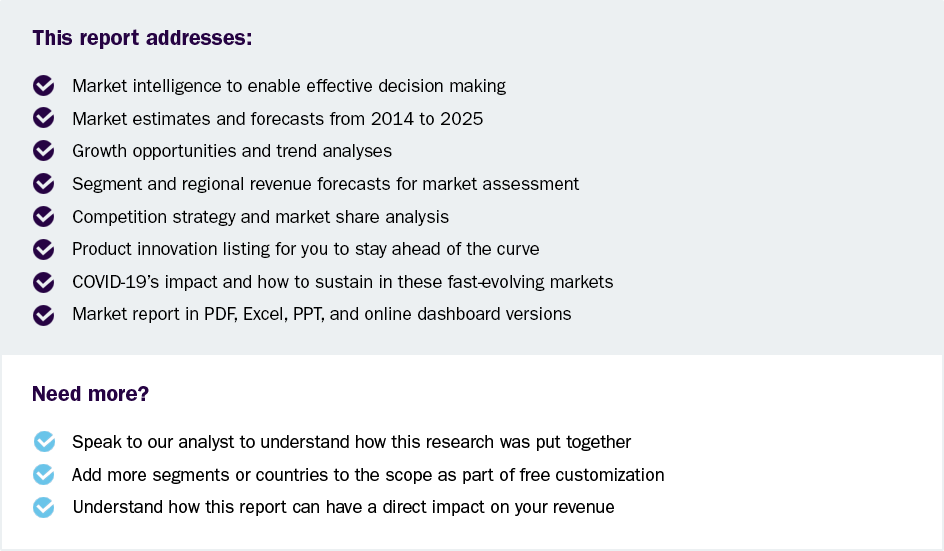Lactic Acid Market Size To Reach $ 6,653.7 Million By 2033
Lactic Acid Market Growth & Trends
The global lactic acid market size is estimated to reach USD 6,653.7 million by 2033, registering a CAGR of 7.7% from 2026 to 2033, according to a new report by Grand View Research, Inc. Growth can be attributed to increasing demand for this product in various end-use industries, including industrial, food & beverages, and pharmaceuticals, especially in emerging economies such as India, China, and Indonesia. Additionally, demand for this product as a feedstock in the production of polylactic acid (PLA) is anticipated to drive the market globally.
Various raw materials used for the production of lactic acid include carbohydrates such as corn, sugarcane, sugar beet, and tapioca. Large share of this product produced globally is obtained through the fermentation process owing to its lower production costs as well as rising consumer awareness regarding sustainable and environmentally friendly products. The production process is commercially mature with a significant number of manufacturers including Corbion, NatureWorks LLC, Galactic, and Henan Jindan Lactic Acid Technology Co., Ltd using it.
The raw materials used for the commercial synthesis of this product include maltose or starch, lactose, sucrose, and glucose. These raw materials are derived from various feedstock such as barley malt, whey, molasses, and beet sugar, which are used to produce lactic acid via microbial fermentation. The cost of raw material is a key factor to be considered in the fermentation process for the commercial production of this product. They may specifically cater to application areas such as industrial, food & beverage, pharmaceuticals, personal care, chemicals, and agrochemical products.
Polylactic acid is predominantly used to manufacture microwaveable containers, including disposable cutlery and food containers. Multiple beneficial properties, such as improved aesthetic appeal, and resistance to grease & oil, among others, is positively influencing the demand for polylactic acid in the formulation of food packaging products across the globe, further triggering the lactic acid demand.
 Request a free sample copy or view report summary: Lactic Acid Market Report
Request a free sample copy or view report summary: Lactic Acid Market Report
Lactic Acid Market Report Highlights
-
Based on raw material, the sugarcane raw material dominated the market and accounted for the largest revenue share of 38.6% in 2025, due to its low-cost availability, high sugar yield, and efficient fermentation performance.
-
Based on application, the polylactic acid application dominated the market and accounted for the largest revenue share of 29.2% in 2025. Its broad utility in packaging, textiles, automotive, and 3D printing drives consistent demand.
-
North America lactic acid market dominated with a revenue share of 45.4% in 2025, driven by strong demand for bioplastics and clean-label ingredients across food, packaging, and healthcare industries.
Lactic Acid Market Segmentation
Grand View Research has segmented the global lactic acid market based on raw material, application, and region:
Lactic Acid Raw Material Outlook (Volume, Kilotons; Revenue, USD Million, 2018 - 2033)
-
Corn
-
Sugarcane
-
Cassava
-
Yeast Extract
-
Other Crops
Lactic Acid Application Outlook (Volume, Kilotons; Revenue, USD Million, 2018 - 2033)
-
Industrial
-
Food & Beverages
-
Beverages
-
Bakery & Confectionary Products
-
Dairy Products
-
Meat Products
-
Other Food Products
-
-
Pharmaceuticals
-
Personal Care
-
Polylactic Acid
-
Other Applications
Lactic Acid Regional Outlook (Volume, Kilotons; Revenue, USD Million, 2018 - 2033)
-
North America
-
U.S.
-
Canada
-
Mexico
-
-
Europe
-
Germany
-
France
-
UK
-
Italy
-
Spain
-
Netherlands
-
-
Asia Pacific
-
China
-
Japan
-
India
-
South Korea
-
-
Latin America
-
Brazil
-
Argentina
-
-
Middle East & Africa
-
Saudi Arabia
-
South Africa
-
List of Key Players in the Lactic Acid Market
-
BASF SE
-
Galactic
-
Musashino Chemical (China) Co., Ltd.
-
Futerro
-
Corbion
-
Dow
-
TEIJIN LIMITED
-
NatureWorks LLC
-
Henan Jindan Lactic Acid Technology Co. Ltd.
-
thyssenkrupp AG
-
Cellulac
-
Jungbunzlauer Suisse AG
-
Vaishnavi Bio Tech
-
Danimer Scientific

